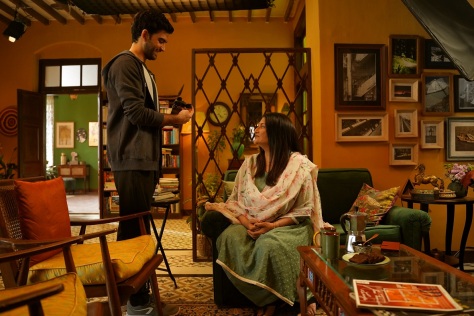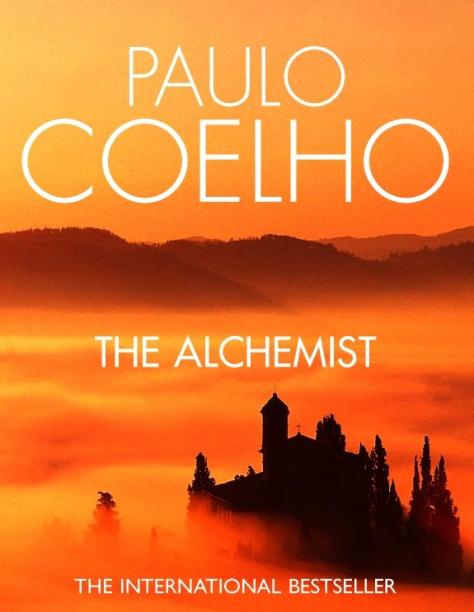
Modern Love Mumbai is the Indian version of the Amazon Original anthology series, ‘Modern Love‘. MLM follows the same aesthetics as the original work. Set in Mumbai, each of the six episodes present different love stories expressing freedom and questioning the boundary to reach the human desire.
Modern Love was set in New York and all the stories were based on the essays published in The New York Times under the same title. So I am not sure if MLM also followed this route. But each of the stories has its significance and has the essence of the plot’s simplicity to sensualize. These stories are very close to life and most of the audience can relate.
Three of the six stories are about married women thoroughly divided in ages. One is as young as their twenties, the second is in her forties, and the third is in her late fifties or mid-sixties. One is about homosexuals, and another is about a young woman searching for the ideal man through a dating app. And there is one particular for the Northeast Indian mother-son story who is in the conflict of getting or not getting mixed in multiculturalism. So this indicates that MLM was written and developed with care.

I liked the panel of directors who worked on their part of the stories. Shonali Bose returned to the director’s seat for Raat Rani years after ‘The Sky Is Pink‘. Raat Rani is about A girl from Dal Lake, Lali, who marries a Mumbaikar, a security guard Lutfi and arrives in Mumbai but her life is dull until Lutfi is transferred to the other station leaving his bicycle behind for her.

Hansal Mehta directed a controversial episode ‘Baai‘ about homosexuality. Hansal previously directed ‘Aligarh‘ with the same subject. This is about Manzar Ali who belongs to a conservative Muslim household but is interested in men but is not able to tell his ailing grandmother Baai.

Another veteran director Vishal Bhardwaj did the Northeastern family drama ‘Mumbai Dragon‘ where the mother faces difficulty in accepting her son with his girlfriend who doesn’t belong to her ethnicity.

Alankrita Srivastava did ‘My Beautiful Wrinkles‘ about an old widow Dilbar who takes interest in a young athlete Kunal, a plot that is similar to one of the four stories in her ‘Lipstick Under My Burkha‘. Alankritas direction is like a wave for the liberalism of womanhood where she develops bold intentions in the plot and addresses them in a peculiar way. Alankrita shows the loneliness of Dilbar that absorbs and the passion and hunger in women in general for more adequate lust melts young men to daydream and draw their nudity in their honest illustration. Sticking with the old memories may lessen your optimism. Confessing private intentions is courageous but healthy for releasing the negative energy she had in life.

Super excited to see Little Things-famed Dhruv Sehgal who directed one of the episodes ‘I Love Thane‘ about Saiba who is seeking her ideal through a dating app but gives a shot at Parth to whom she finds out through work this time.

Nupur Asthana did the last episode ‘Cutting Chai‘ about a married woman Latika in her forties thinking about her life decisions, about becoming a wife, and a mother but not a novelist, something that was her ambition.
It is the beauty of small portions in the screenplay that gives you the feel about how these things matter in life, the human connection is strong in the drama. Like in Cutting Chai, Latika begins to regret her life decisions and imagine people around her agreeing and disagreeing with her. That is indicating how careful a young man or woman was when he/she was young and had to listen to society about what he/she should have decided and what not. In Raat Rani, Lali is about to throw her husband’s old bicycle from the flyover until she thinks about utilizing it by learning to ride it and earn bread through it.

Modern Love Mumbai is the positive energy that addresses optimism and encourages us to move on or give it a chance. Although, any tv or film product can have similar elements, but the beauty of MLM stories is that the plot inclines towards a push that is needed to make the audience think. The continuity of each episode never looks pressing too hard at all.
I enjoyed when Dilbar gives a try to fantasize about young athlete Kunal in the fourth story or Manzar meets Rajveer after his fondness for the previous boy matters into heartbreak in the second episode. Same case with Saiba who gives a shot at Parth by breaking her norm to find men from the dating app. That explained a lot. Therefore, the audience gets to learn or realize a few things in life if not all by watching Modern Love Mumbai.

I don’t remember if I ever happened to see Naseeruddin Shah playing a Sikh character, that is another accomplishment in his celebrated career I reckon. Good to see Sarika after a long time, she deserves to get more recognition. Pratik Gandhi is quite an actor who has the ability to play different roles. From a rich Gujarati stockbroker to a Muslim homosexual from a conservative household, Pratik really has made a distinction in his choices. For me, from all the stories, the one actor amongst all who is the winner is Fatima Sana Shaikh in the first episode. The accent, the body language, the emotional breakdown, everything was there. She nailed her character. It was a delight to see such a quality performance.
MLM has impressive writing and direction as well as quality performances due to good choices about casting in the stories. Ram Sampath‘s music score is very touching and full of life. Modern Love’s creator John Carney was involved in financing MLM so that is also why the tone was maintained and none of the makers Bollyfied with curry aesthetics.
There is every capacity to go for more than one season. Because MLM is all about some quality essays to write about and stories to speak about. Stories will never die, and love won’t compromise. There is much human connection still to work on through different mediums. So MLM must go on.
SUBSCRIBE TO MY YOUTUBE CHANNEL AND WATCH MY TV REVIEW HERE
FOLLOW ‘THE DARK KNAIK’ ON OTHER SOCIAL PLATFORMS
TIKTOK https://www.tiktok.com/@thedarkknaik
FACEBOOK https://www.facebook.com/thedarkknaik
INSTAGRAM https://www.instagram.com/thedarkknaik/












